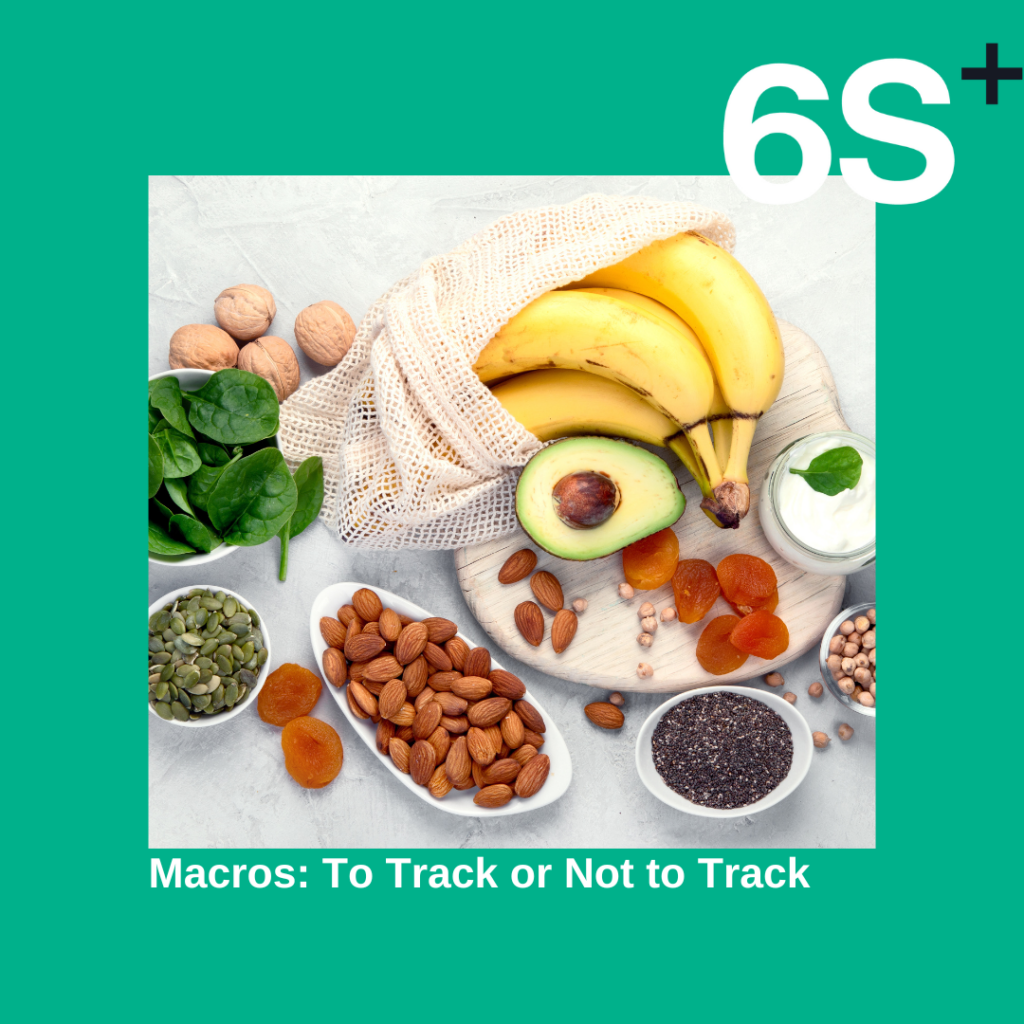


The word macronutrients or macros for short is a fancy term for nutrients that we as humans need to consume to survive. There are 3 essential macronutrients; carbohydrates, fats, and proteins. Each individual food contains different proportions of all three macronutrients. Counting macros has gained popularity recently, replacing traditional calorie counting. Let’s breakdown what each of these essential macronutrients are and where to find them.
Carbohydrates A.K.A. “carbs”
Carbs are your body’s main energy source. They provide 4 calories per gram. We need carbohydrates for brain function, muscle recovery and growth, digestion, basically all of the functions to keep us alive. Carbohydrates are found in many plant based foods and processed foods. When you think of carbs, these are foods that are traditionally thought of as sugary or starchy, be it natural or processed.
Examples of carbohydrates are: fruit, vegetables (especially potatoes, corn, squash), legumes, grains-based food (rice, pasta, breads, quinoa), dairy (milk, yogurt), and processed items like crackers, granola bars, juices, and candy.
Understanding the role of carbohydrates in your diet is essential when it comes to performance and body composition.
Fats
Fat is another main energy source. It is the most concentrated energy source, providing 9 calories per gram. Fats are needed in many important bodily functions such as energy use and storage, satiety, insulation, and fat-soluble vitamin absorption (Vitamins A, D, E, and K). Fat sources include oils, nuts, seeds, avocados, coconut, butter and margarines, and marbling in meats (found in red meats).
The type of fat and timing of intake can influence your hunger levels, workouts, and overall health.
Protein
Protein has many important roles in the body. It provides 4 calories per gram. Protein breaks down into amino acids in the body and are used for many functions such as maintaining lean muscle mass, skeletal mass, the structural component of all cells in the body, and energy use.
Food sources of protein include red meat, fish, poultry, dairy, eggs, soy (tofu, tempeh), legumes, and protein powders.
Protein plays a very important role with the development and maintenance of lean muscle mass, and can be maximized with guidance around timing and frequency of intake.
Why this approach might work for you
For some, taking the focus away from “calories” and instead focusing on getting the right amounts of macronutrients can take away that feeling of restricting. It can encourage a more balanced diet by including a variety of foods that provide all three essential macronutrients. It discourages individuals from thinking a 1500 calorie diet is sustainable on only salads, egg whites and avocados. You may be feeling sluggish (I mean, where are the carbs?!) which impacts the quality of your workouts.
For some it takes away the negative thought process of “I can only have” and instead allows for more positive thoughts like “wow I can eat THAT much protein?!” For those that like to plan ahead and meal prep, macro counting makes sense. Many athletes who macro count feel a sense of control over what they are having and feel more knowledgeable and in charge of their nutrition.
Why this approach might not work for you
As with calorie-restricted diets, it is another form of counting. Trying to stick to your allotted macronutrients can seem like a daunting task, think of Tetris on expert level. It can be very time consuming. Some of the food diary apps are not monitored for accuracy, so certain foods are incorrectly entered. What you think you are consuming might not be true.
For example, if you type in “chocolate chip cookie”, you might get a dozen chocolate chip cookie options, all of varying carb, fat, and protein amounts. How do you know which one is most accurate? Measuring and weighing your food is needed to know exactly what you are consuming.
This can be quite overwhelming for those who don’t have a lot of time for meal prep, those who don’t make their meals, or those who have little nutrition knowledge. Like calorie restricted diets, macro counting can allow for poor quality food choices, given they fit into one’s macros. It’s easier to count macros off of a nutrition label than it is weighing and measuring your fresh vegetables and lean proteins.

